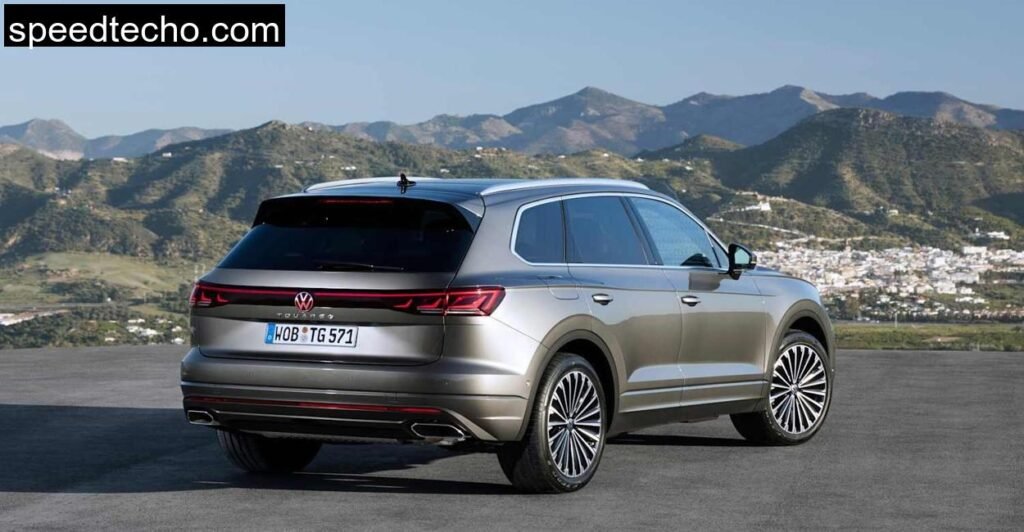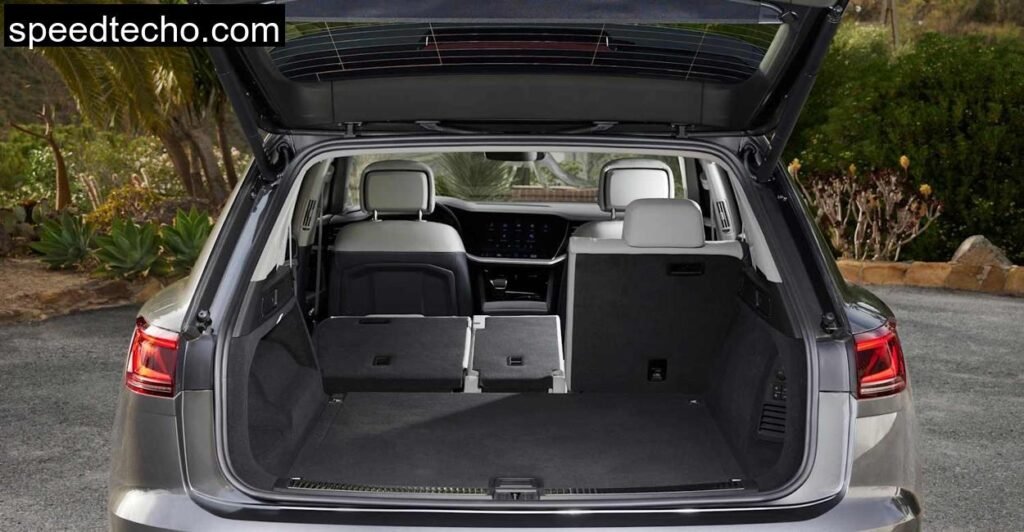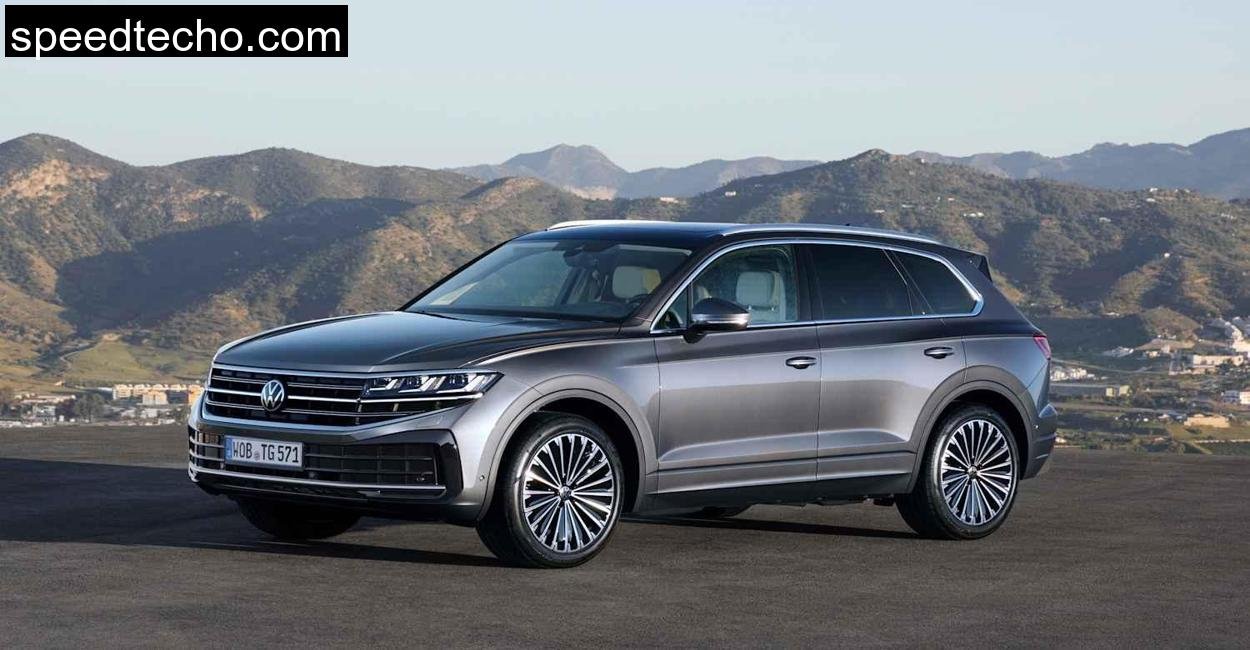The first time I pointed the nose of the Hyundai i30 station wagon toward the serpentine curves of the Kyffhäuser in Thuringia, I wasn’t expecting much. This wasn’t a weekend in a hot hatch or some German autobahn, crushing diesel. This was a family, focused station wagon with front, wheel drive, a 1.5, liter engine, and a mission to carry people, luggage, and, importantly for me, a road bike or two. And yet, by the time I rolled past the final switchback and let the car breathe on a straight, I had formed an unexpected connection with this understated machine.
The Kyffhäuser, known as much for its legendary curves as its panoramic views, doesn’t forgive bad chassis dynamics or underpowered engines. So how did Hyundai’s practical compact wagon fare under the pressure of steep inclines, hard braking, and quick directional changes? More than you’d think. But to understand what this car is really about, let’s start at the beginning, because the i30 is more than just specs on paper.
A Blend of Aggression and Elegance
The Hyundai i30 in station wagon form is one of those designs that doesn’t scream for attention, but earns respect with every glance. For 2024, the second facelift hasn’t radically changed things, but it did tidy up the front with a more polished grille, updated LED headlights, and a touch more chrome around the edges. In station wagon guise, it stretches to a generous 4.59 meters, enough to make its compact class rivals feel a little cramped.
Inside, the layout continues Hyundai’s love affair with function, first ergonomics. There’s a new 10.25, inch touchscreen standard across the lineup, and depending on trim, you get a 3.5, inch display in the instrument cluster or a sleeker 7, inch digital cockpit. Apple CarPlay, Android Auto, wireless charging, all there. But what matters more is that none of it feels fussy. I never had to think twice to adjust climate controls or switch drive modes while barreling up the Kyffhäuser’s 36 hairpins.
The engine lineup has been reduced to two: a 1.0 T, GDI three, cylinder with 100 hp, and the more potent 1.5 T, GDI four, cylinder with 140 hp, both available with Hyundai’s 7, speed dual, clutch DCT or the quirky but clever 6, speed iMT transmission. That simplification feels like a statement: fewer choices, but more refinement.
Engine, Transmission, and Handling: Not a Thrill Ride, But No Slouch
Our test car came equipped with the 1.5 T, GDI mild hybrid engine, delivering 140 horsepower and 253 Nm of torque, paired with the 7, speed DCT. It’s not going to rival a GTI or hot hatch in a straight line, but that wasn’t the point. The beauty of this drivetrain is how smoothly it integrates into real, world driving.
In town, the engine is whisper, quiet and the shifts from the DCT are practically imperceptible. Pulling out of a tight corner on the Kyffhäuser required a decisive stab of the throttle, but the DCT found the right gear more often than not. There is a little hesitation if you’re suddenly aggressive with the right foot, but once it’s rolling, the i30 responds confidently. The 48V mild hybrid system doesn’t scream for attention either. Its presence is felt most during coasting, when the clutch disengages and the engine drops into an ultra, low consumption mode.
And fuel economy? Over three days of driving, combining rural climbs, town traffic, and a highway stint, the onboard computer reported an average of 6.8 L/100 km. Not bad, considering I wasn’t babying it on the hill climb.
Where the i30 impressed me most, though, was how composed it felt through the kind of roads that can trip up larger cars. It understeers predictably, as most front, drive wagons do, but never feels sloppy. The steering is light but precise enough, and body roll is impressively controlled. The rear doesn’t hop or feel nervous over mid, corner bumps. This car isn’t about drama; it’s about doing exactly what you expect, when you expect it.

Real, Life Practicality: Wagon Life Done Right
After a long day of testing and several espresso breaks at hilltop cafes, it was time to load the i30 with what I’d actually use it for: my gear. As someone who regularly hauls a full, size road bike, panniers, and weekend luggage, I’ve grown to appreciate intelligent wagon design. Here, Hyundai didn’t disappoint.
The boot measures 602 liters under the parcel shelf, or up to 1650 liters if you fold the rear seats and pack to the roof. ADAC’s more conservative measurement method (405 to 1325 liters) still shows plenty of space. Loading is easy thanks to a low sill height of 63 cm, and the shape of the space is boxy and usable. A bottle crate test? Eleven crates, flat. That’s all you need to know.
There’s even a pull, out cargo net as standard, something most German brands will charge you extra for. Small cubbies under the floor and on the side walls are perfect for tools, shoes, and spare tubes. There’s even an optional sliding rail system for load securing, which I’d absolutely get if I were buying.
Passenger comfort is more than sufficient. At 1.86 meters tall, I fit up front with room to spare, and with my seat adjusted for me, a passenger of similar height could still ride in the back without knee, to, seat conflict. The cabin doesn’t feel premium, but it’s tightly assembled and genuinely quiet.

The i30 N Performance: A Whole Other Animal
I didn’t spend more than a brief session in the N Performance version, but it’s worth mentioning because it left a deep impression. This car, with its 280 hp two, liter turbo engine and electronically controlled LSD, is closer to a Nürburgring refugee than a practical wagon. It claws out of corners, the DCT shifts with angry authority, and the steering is significantly heavier and more communicative.
The i30 N has a sense of mechanical purpose that even some German sport compacts lack these days. It’s loud, stiff, and borderline annoying around town. But on a fast, challenging road? It’s intoxicating. Just be ready for 8.1 L/100 km and a bit of a wrestling match with the clutch in traffic if you go manual.

Conclusion: A Worthy Contender in the Hot Hatch Arena
The Hyundai i30 wagon is not going to win poster battles or Instagram followers. But if you spend your weekends escaping the city with two bikes, or frequently ferry kids and cargo, it may be one of the best, kept secrets on the road. It’s honest, quietly refined, and shockingly spacious. It has enough torque for mountain roads and enough efficiency to avoid pump anxiety. And with the 2024 updates, it finally feels like a mature product.
After three days in the Kyffhäuser, the i30 didn’t just hold its own, it felt at home. In a world obsessed with SUVs and crossovers, it’s a reminder that the classic station wagon still has a powerful argument to make.
What is the price of the 2024 Hyundai i30 N?
The i30 N starts at approximately $54,250, with higher trims reaching up to $60,000, depending on options and packages.
How does the Hyundai i30 N compare to the Volkswagen Golf GTI?
While both are excellent hot hatches, the i30 N offers more aggressive styling and a more engaging driving experience, often at a lower price point.
Is the Hyundai i30 N suitable for daily driving?
Yes, the i30 N balances performance with practicality, offering a comfortable ride, spacious interior, and modern features for everyday use.







I Really Like the Blogpost.